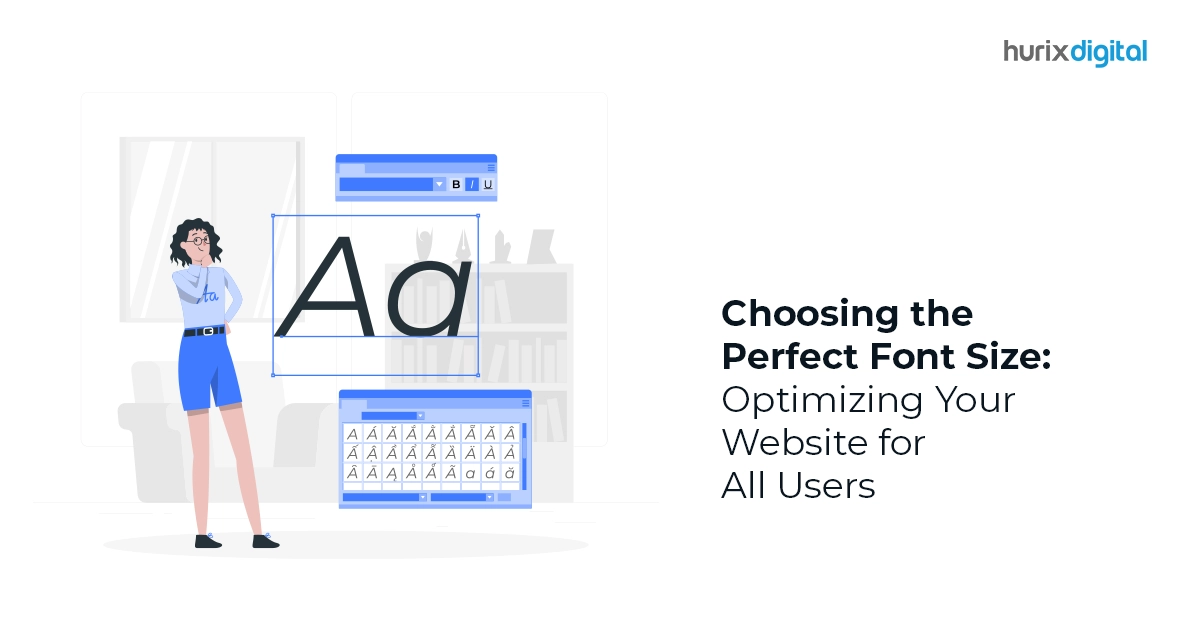Summary
This post has uncovered the essence of the EU Web Accessibility Directive and the European Accessibility Act. From ensuring equal access to their impact on web standards, to how they are shaping an inclusive future, this post outlined the key facts and figures behind these directives.
Imagine a world where equal access to digital information and services is no longer just a dream but a reality. Thanks to the EU accessibility act, comprised of the EU Web Accessibility Directive and the European Accessibility Act, a transformative wave is sweeping across the online landscape, ensuring seamless navigation for everyone, regardless of their abilities.
In this article, we’ll uncover the essence of these directives, explore their impact on web standards, and unveil their role in shaping an inclusive future. Let’s embark on a journey into the realm of the EU Web Accessibility Directive and the European Accessibility Act.
So, get ready to discover the power of accessibility compliance, the impact of European Union laws on web standards, and how these directives are shaping a more inclusive future for all. Let’s dive in and explore the fascinating world of the EU Web Accessibility Directive and the European Accessibility Act.
1. EU Web Accessibility Directive and European Accessibility Act
Shaping an Inclusive Future In this article, join us on a journey to unravel the secrets behind these directives and explore how they are transforming the way we experience the web. From public sector websites to private enterprises, these directives are reshaping the digital fabric of Europe and inspiring similar efforts worldwide.
2. The EU Web Accessibility Directive
Ensuring Equal Access The EU Web Accessibility Directive, introduced in 2016, aims to address accessibility issues across the EU. Focusing on public sector websites and applications, this directive requires compliance with the Web Content Accessibility Guidelines (WCAG) 2.1 Level AA standards. Failure to comply can result in fines and penalties, as the directive promotes equal access and aims to prevent exclusionary practices.
3. The European Accessibility Act
Expanding Accessibility Efforts The European Accessibility Act, adopted in 2019, extends accessibility requirements to the private sector. It seeks to standardize accessibility for essential products and services, including terminals, ATMs, and transportation-related services. By improving cross-border trade and ensuring affordability, this act promotes accessible products and services for those who need them.
4. Compliance and Implications
Public Sector and Private Organizations in Focus The EU Web Accessibility Directive primarily applies to public sector bodies, including governmental websites and organizations funded through public contracts. However, member states have the flexibility to broaden the directive’s scope. Private organizations can be indirectly impacted, particularly those providing services to governmental sites. The European Accessibility Act applies to manufacturers and providers of essential products and services sold across EU borders, enabling easier cross-border trade and new market potential.
Also Read: The Business Case for Web Accessibility: Benefits and Return on Investment
5. Aligning with Accessibility Standards
For websites and ADA-compliant websites, Accessibility Directive and the European Accessibility Act emphasize the importance of accessibility standards. The EU Web Accessibility Directive offers accessibility standards for websites that incorporate WCAG 2.0 and 2.1 as their underlying accessibility standards, with compliance at the WCAG 2.1 Level AA level being mandatory. This alignment ensures uniform rules for online accessibility in the EU. Additionally, ADA compliance websites and organizations operating in the United States, ensure accessibility for individuals with disabilities.
6. Steps Towards Compliance
A Path to Inclusion To comply with the EU Web Accessibility Directive, public organizations must meet WCAG 2.1 Level AA success criteria for their websites and mobile apps. They should also maintain an updated accessibility statement and provide a feedback mechanism. Although the European Accessibility Act doesn’t explicitly mention WCAG, it emphasizes a “design for all” approach. Familiarizing oneself with the WCAG standards is a recommended starting point for accessibility compliance.
7. European Union Laws and Accessibility Compliance
Following the UK’s withdrawal from the EU, EU laws no longer directly apply. However, during the transition period, EU laws were incorporated into UK EU laws through the European Union (Withdrawal) Act 2018. For accessibility compliance in the UK, organizations should consider UK building regulations for ramps and other accessibility features.
Check out this exclusive article: The Importance of Web Accessibility and How Hurix is Making a Difference
Conclusion
The EU Web Accessibility Directive and the European Accessibility Act are instrumental in promoting web accessibility and inclusivity within the European Union. By following these directives and aligning with accessibility standards, organizations can enhance access to information and services for individuals with disabilities. It is crucial to stay updated on compliance requirements, including ADA compliance, and take proactive steps toward accessibility to create a more inclusive digital environment.
Want o know how your website can adhere to, and strive to make an accessible website? Hurix Digital’s team of experts can help you guide towards having an accessible website. Get in touch with Hurix Digital to start your all-inclusive digital journey.











